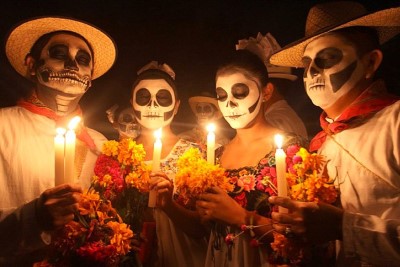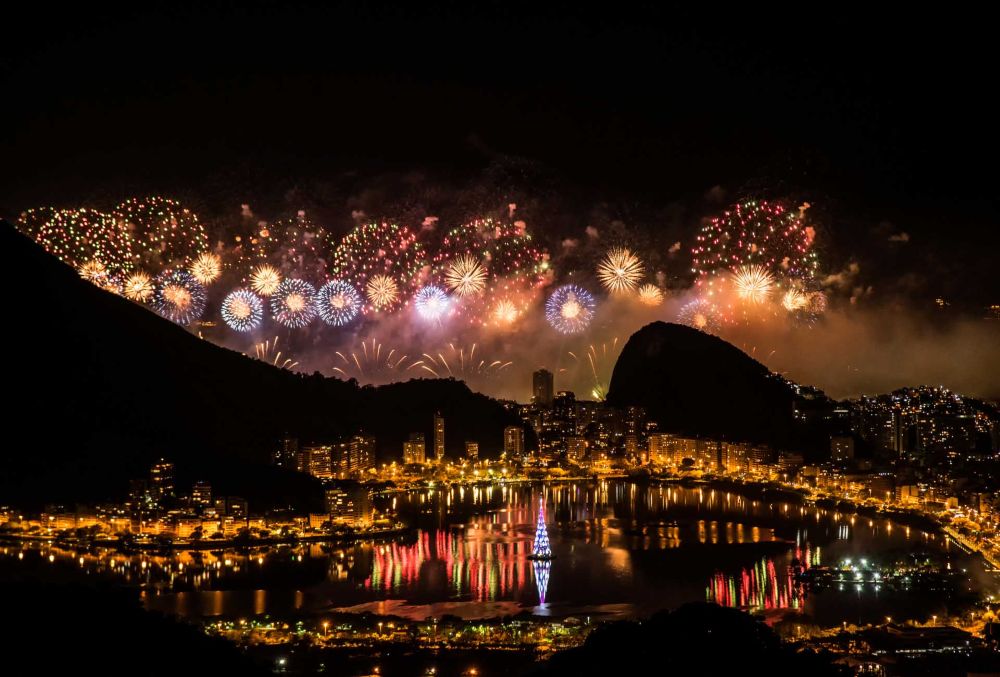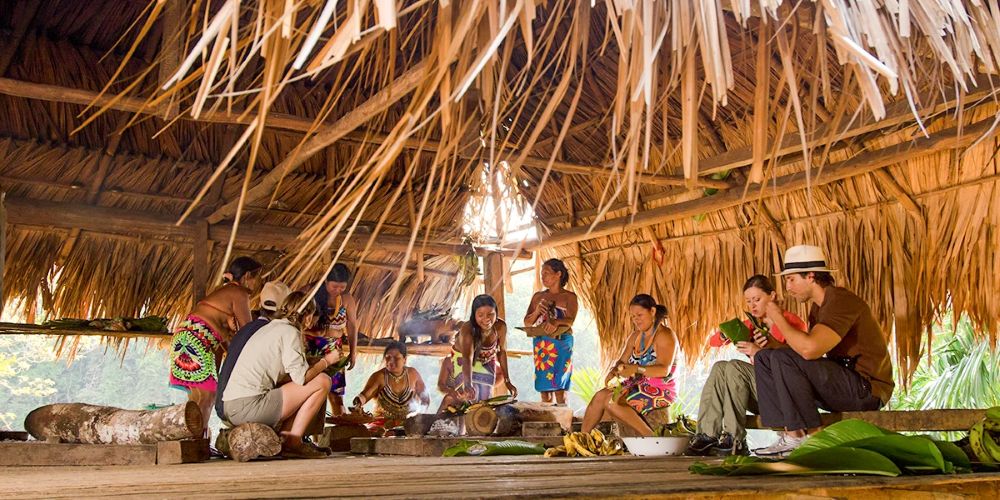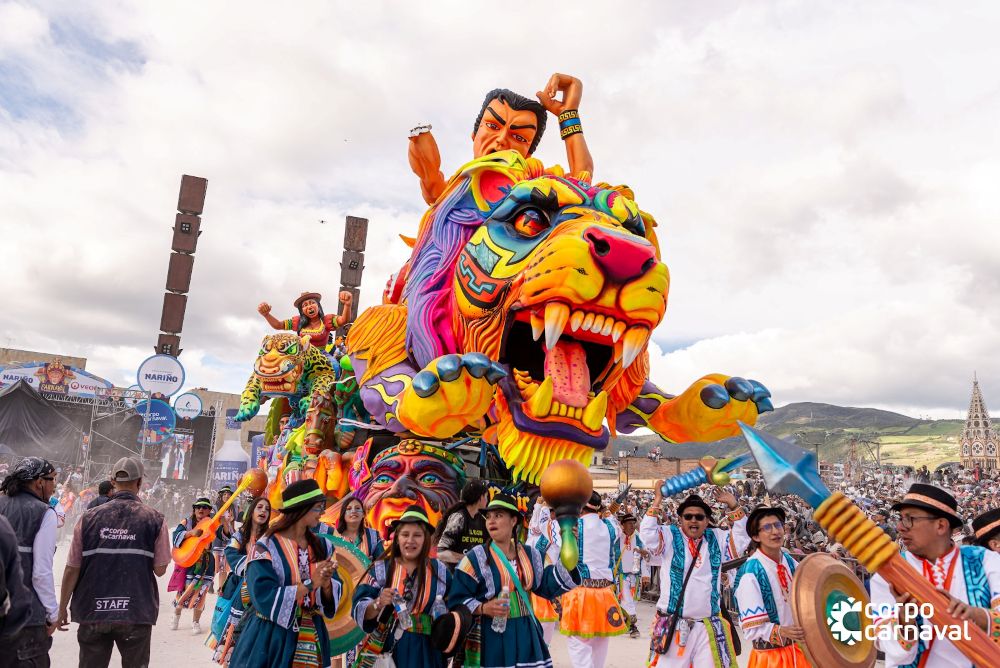La Fête des Morts, ou “Día de los Muertos“ en espagnol, est l’une des traditions les plus emblématiques et colorées du Mexique, célébrée principalement les 1ers et 2 novembre. Ce festival, qui combine des éléments préhispaniques avec des traditions catholiques introduites par les Espagnols, est une célébration de la vie autant que de la mémoire des défunts. Loin d’être une occasion sombre, c’est un moment festif, familial et profondément spirituel, riche en couleurs, en saveurs et en symboles.
Origines et Signification
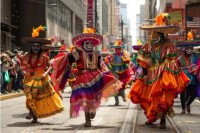
La Fête des Morts trouve ses racines dans les croyances des civilisations indigènes telles que les Aztèques, qui célébraient les défunts durant le mois de Miccailhuitontli (août), guidés par la déesse Mictecacihuatl, dame des morts. Aujourd’hui, elle symbolise un mélange unique de ces traditions ancestrales et des influences chrétiennes, offrant une perspective particulière sur le cycle de la vie et la mort, vue non comme une fin mais comme une continuation naturelle de l’existence.
Les Célébrations
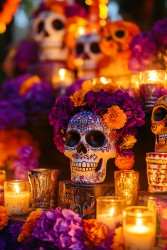
Durant le “Día de los Muertos”, les familles mexicaines se réunissent pour orner les tombes de leurs proches de fleurs de « marigolds » oranges vives, connues sous le nom de “cempasúchil”, et d’allumer des bougies qui guideront les âmes des défunts à leurs foyers. Les autels, ou “ofrendas”, jouent un rôle central dans ces festivités. Ils sont garnis de photos, de nourritures et boissons préférées des disparus, de papier découpé et de “calaveras” (crânes), souvent en sucre.
Modernité et Tradition

Avec le temps, la Fête des Morts a gagné en popularité et en visibilité à travers le monde, notamment grâce à des représentations dans les arts et les médias, comme le film d’animation “Coco”. Cette modernisation a contribué à renforcer les traditions tout en les rendant accessibles à une audience globale, ce qui a permis de promouvoir la richesse culturelle du Mexique.
Lieux Emblématiques pour Célébrer
- Mexico City : Le défilé de la Fête des Morts transforme la capitale en un carnaval de couleurs et de sons, avec des autels grandioses érigés sur le Zócalo, où des milliers de personnes se rassemblent pour célébrer.
- Oaxaca : Reconnue pour ses célébrations authentiques, Oaxaca voit ses cimetières se transformer en lieux de fête lumineuse, où les familles passent toute la nuit à veiller, entourées de bougies, de fleurs et de musique.
- Michoacán : Sur l’île de Janitzio, les processions en barque et les chants traditionnels créent une atmosphère émouvante, reflétant les croyances ancestrales de la communauté Purépecha.
- Aguascalientes : Le Festival de Calaveras rend hommage au personnage populaire « La Catrina » et à son créateur, José Guadalupe Posada, avec des expositions d’art, des spectacles de rue, et un marché animé, capturant l’esprit de la fête.
- Yucatán : Le Hanal Pixán y célèbre les défunts avec des autels ornés et des repas traditionnels mayas, plongeant les visiteurs dans une tradition riche en histoires et en saveurs.
Gastronomie de la Fête
La gastronomie joue un rôle crucial dans les célébrations, avec des plats spécifiques préparés et consommés durant ces jours. Les tamales, les moles et les chocolats chauds sont souvent servis, chaque famille préparant des recettes transmises de génération en génération.
La Fête des Morts reste une tradition profondément enracinée dans le tissu social du Mexique, offrant une fenêtre unique sur les valeurs du pays et sa capacité à célébrer la vie à travers la mort. Elle continue de fasciner et d’inspirer, témoignant de la manière dont une culture peut embrasser la mort avec respect, amour et joie.

